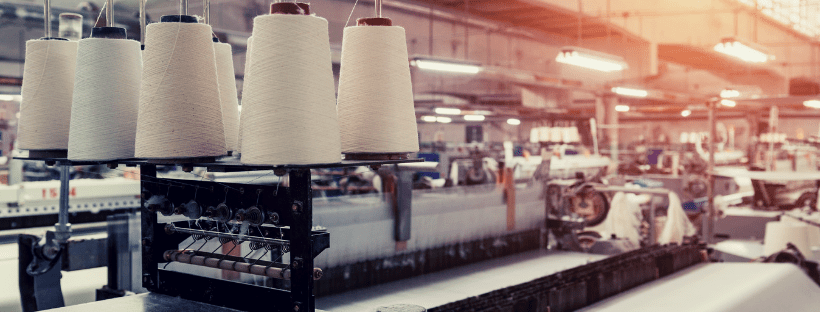
A Push for Eco-Friendly Fabrics
From the food we eat to the clothes we wear, every aspect of our daily lives have an ecological footprint. Our ecological footprint is the effect that our actions have on the environment, something that increasingly demands our attention. At Pine Crest Fabrics, we have always worked to minimize our ecological footprint anyway we can. Everything from our name to our eco-conscious practices is rooted in the celebration and preservation of the environment. It is our responsibility as a company to make sure we limit the influence we have on the environment. You can be sure that when you work with Pine Crest, you’re working with people who understand their environmental impact. But don’t just take our word for it, we work with various independent environmental certification groups to ensure that our eco-friendly fabrics are up to the global standard.
Two such certifications for sustainability that we pay massive attention to are the OEKO-TEX Standard 100 and the Bluesign System. When looking for fabrics to stock, we make it our goal to work with suppliers who comply with these regulations. We push our mill partners to work towards environmental certifications, so we can continue to provide you with eco-friendly fabrics. But what exactly are these forms of certification and what does it mean for the environment? Let’s dig deeper into what exactly goes into our eco-friendly and reprieve lines.
What is the OEKO-TEX Standard 100?
Developed in 1992, the OEKO-TEX Standard 100 is an independent testing and certification process that looks for harmful chemicals in textiles. The OEKO-TEX Standard 100 tests for federally restricted chemicals as well as others that are not yet legally regulated. These legal requirements aren’t solely drawn from United States law either, various global regulations are also taken into consideration. These harmful chemicals can impact both human and environmental health, and OEKO-TEX takes both into consideration to protect the planet.
The OEKO-TEX Standard 100 is applied to a wide catalog of products, but special scrutiny is given to textiles that come in direct or near direct contact with the human body, such as fabrics that go into clothes. We work with our suppliers to provide eco-friendly fabrics that meet the OEKO-TEX Standard 100 expectations for all fabric uses. This means that Pine Crest has a safe and healthy fabric for you, no matter what you’re creating.
What is the Bluesign System?
In addition to testing the product itself, like the OEKO-TEX Standard 100, the Bluesign System looks at everything that goes into the production of that textile. Bluesign monitors various aspects of the personal, environmental, and resource costs that goes into making a product. In addition to consumer protection, Bluesign verifies the occupational health and wellness of those who make eco-friendly fabrics. Environmentally, emissions are monitored and quantified to ensure that no harmful toxins are being released into the water, air, or soil. Finally, the resource cost of production is monitored through the energy that goes into the mills, to make sure they are reaching various international energy benchmarks. Bluesign takes a wider look at the system to ensure that our eco-friendly fabrics are environmentally conscious at every step.
Our work towards a better world
Here at Pine Crest Fabrics, it’s our goal to ensure that our ecological footprint is as small as possible. Through certifications such as the OEKO-TEX Standard 100 and the Bluesign System, we can insure that our products are being independently monitored to keep us green. When looking at potential production partners, the issue of environmental health takes center stage. While production with our current mills relies on their devotion to working towards our collective environmental goals. Pine Crest is taking all steps possible towards a greener future, so that we can live in a world populated with eco-friendly fabrics and our namesake trees.
If you would like to learn more about our environmental efforts, click on the sustainable practices tab on our website.
For more information on the OEKO-TEX Standard 100 click here.
Additional information about the Bluesign System can be found at this link.






